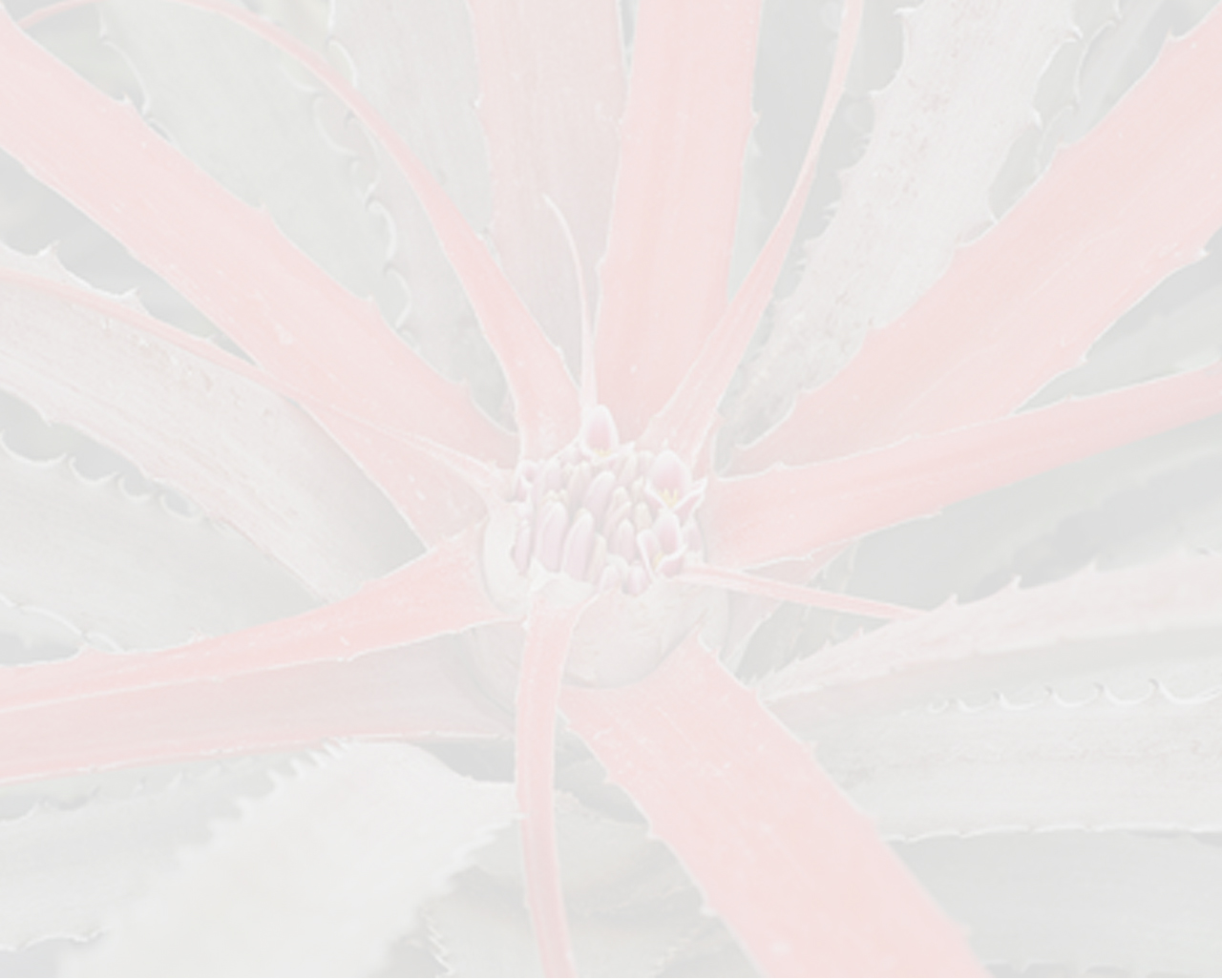Bromelia goeldiana L.B.Sm.
Literature references:
*move your mouse pointer over the page numbers to see comment
Comments:
- Local name. Maya (Venezuela).
The Genus Bromelia in Venezuela, Bromelia goeldiana by Ana Rousse in J.Brom. Soc. 43: 29-31. 1993
On a recent trip to the southeast of Venezuela, more precisely to the southern region of the Orinoco River, with the purpose of studying bromelias, we drove on Road 10 up to Santa Elena de Uairen near the border between Venezuela and Brazil. This vast region of the Grand Savanna is surrounded by tepuis. It includes several rivers that originate in waterfalls.
In this area are the most ancient bromelias pertaining to the family Bromeliaceae. As a matter of fact, it is very hard to cultivate these plants because of their special habitat. All year round in that stony and sandy land, the temperature is neither cold nor warm, there is frequent rain, the humidity is high, and there is a constant wind.
Among the bromeliads of this particular region are many species of Navia, Ayensua, Brocchinia, Lindmania, and Pitcairnia. It is also possible to find species of Guzmania, Vriesea, and even a few species of Bromelioideae.
During this trip we found Bromelia goeldiana. It is an interesting and showy genus of large size and with an enormous cluster of edible fruit. Bromelia goeldiana grows in the middle of the tropical forest, called the gallery forest, close to rivers and the savannas. This bromeliad gathers in colonies of 10-20 plants. It comes from the south of the Orinoco River and from the northeastern region of Brazil.
Bromelia goeldiana reaches a maximum height of four meters (fig. 13) stemless, with a length of three meters, and multiple leaves with a diameter of 10 centimeters, folded or curved downwards. The edge of the leaves has numerous curved spines three millimeters long. The most evident characteristic is the intense red coloration of their tips. When flowering, the entire plant turns bright red, making it highly decorative. It is spread by thick, woody stolons that grow to lengths of up to two meters. We did not find any specimens of this species in flower but several in fruit. The cone-shaped scape is 40-50 centimeters long and full of enormous oval, yellow berries with tough skins (figure 14). The berries are up to six centimeters in diameter, the seeds are black, spherical, and 3 millimeters in diameter. They are flattened like lentils
The many clusters of berries that we examined had biting scars made by large birds of the sparrow hawk family, parrots, as well as by rats, squirrels, and rabbits, which are frequently found in this region. The empty fruit capsules remained affixed to the scape. In many cases, the remaining seeds were still attached to the neatly broken capsule.
The Pemon Indians of Waramasen, a locality in the Canaima National Park (a park of 30,000 square kilometers), kept insisting that this fruit is edible. We thought that doubtful because when we squeezed the capsules to extract the seeds the juice caused a burning sensation on our skin.
The inside of the berry contains a rich, white pulp with a pleasant smell, and a sweet-sour taste. The pulp also burned the inside of our mouths. This kind of berry is different from that of Bromelia pinguin, which produces a similar fruit, locally called "maya." Although that fruit is smaller, it is definitely edible. —See Smith & Downs 1979

